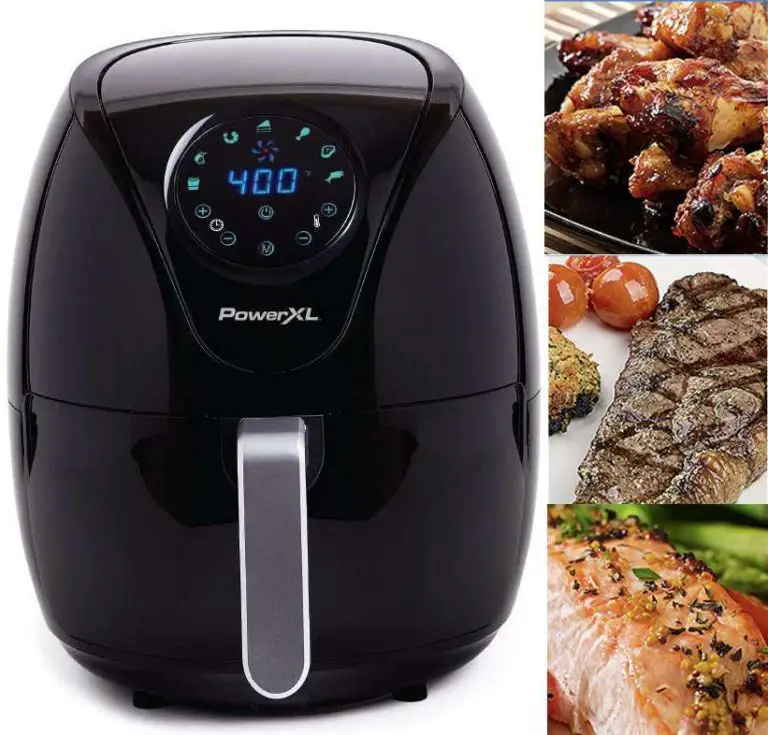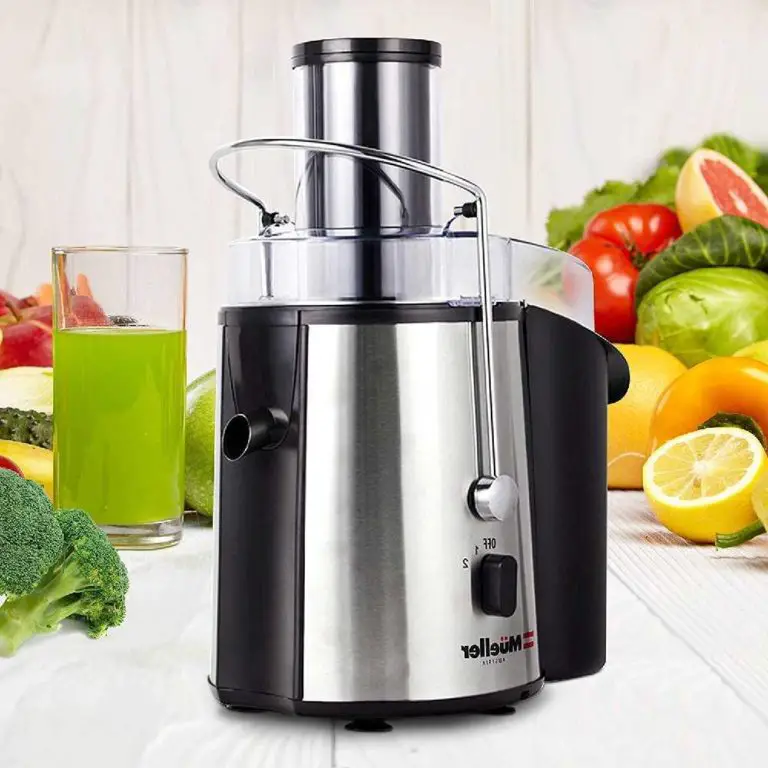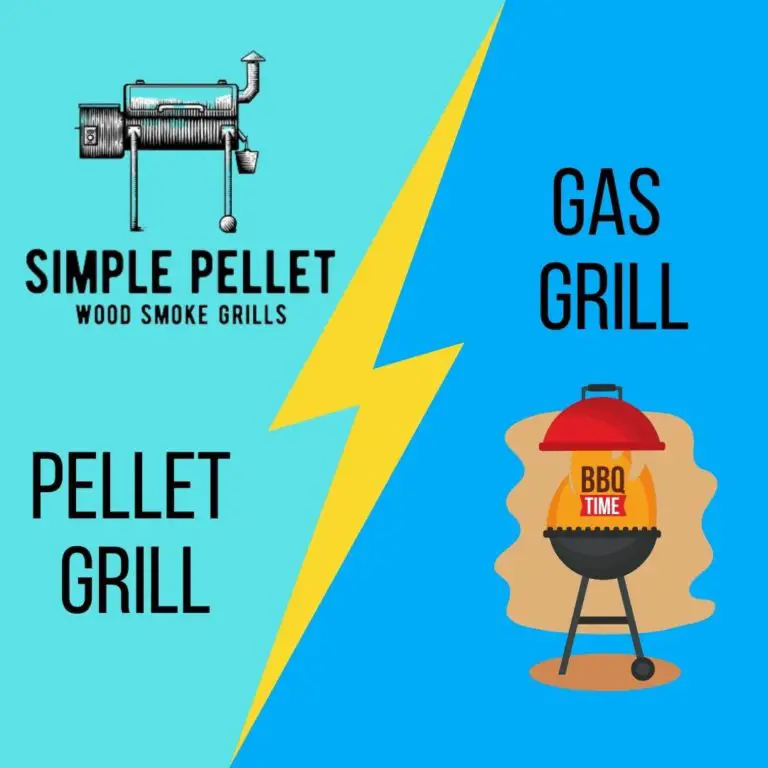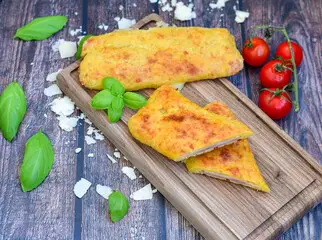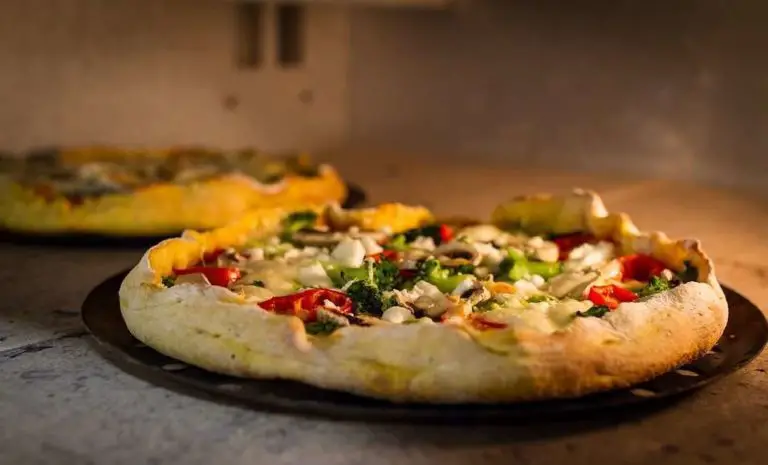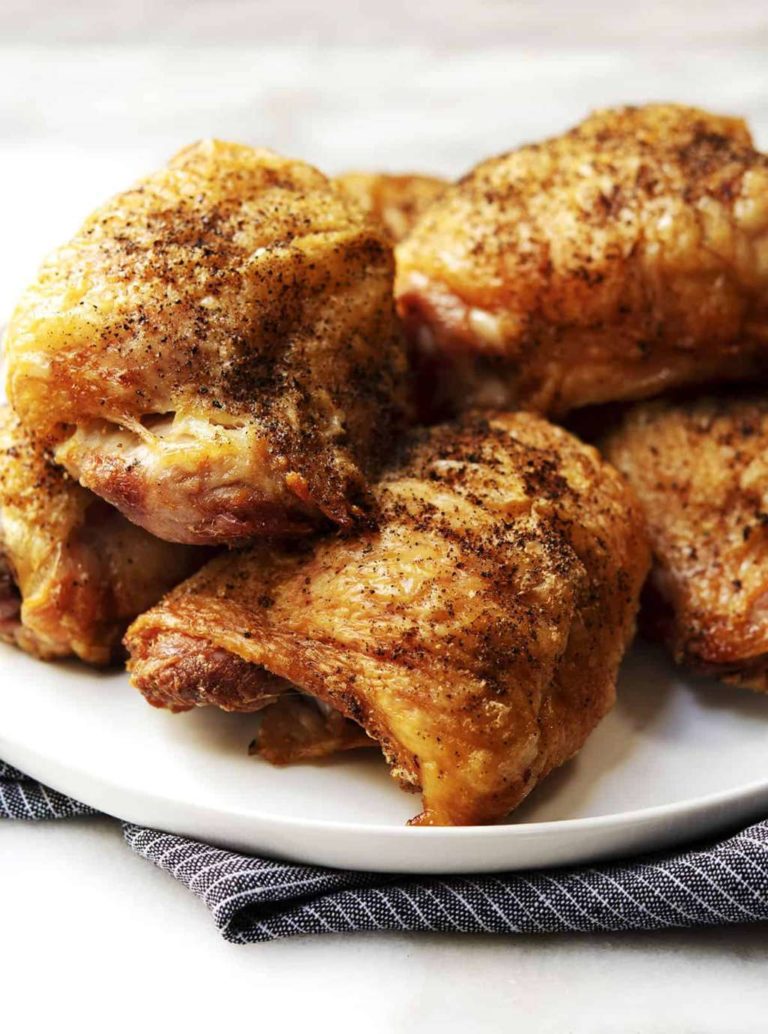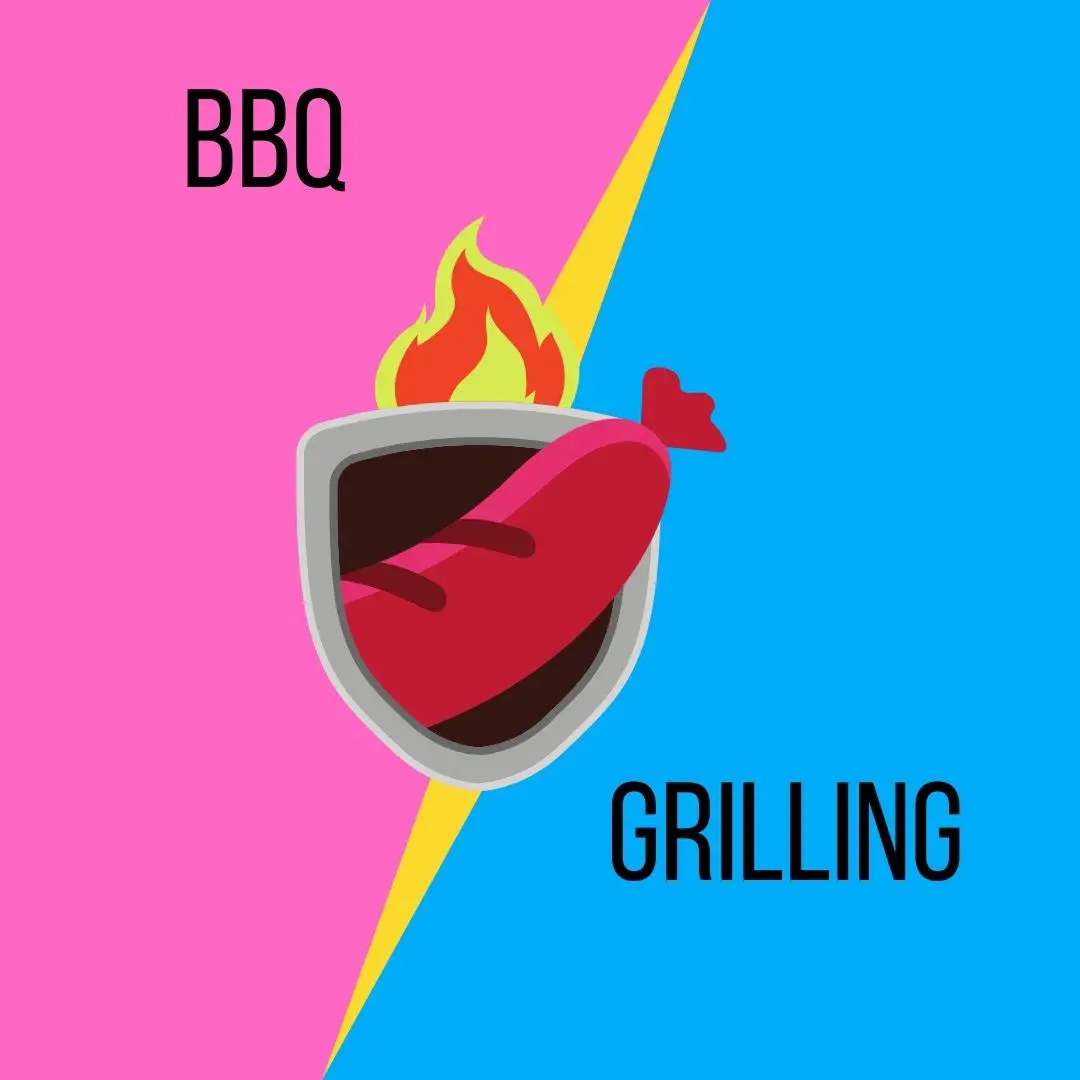
BBQ Vs Grilling Reviews, Tips, and Guides
There’s a lot of debate over what the correct term is for outdoor cooking – BBQ or grilling? Both sides have passionate supporters, but which one is right? The answer is, of course, it depends on who you ask. But in general, BBQ refers to cooking that uses indirect heat from a fire, while grilling refers to cooking that uses direct heat from above the food. So, which one is better? Well, that depends on what you’re looking for in your meal. Keep reading to find out more.
What is a BBQ?
-A basic definition of BBQ is cooking with smoke. A more specific definition would be “cooking over a grate over low heat, fueled by wood or charcoal”. Put another way, BBQ has come to mean “slow cooking meat in the presence of smoky flame.” On that note, grilling is generally considered cooking something quickly over high direct heat (with or without wood).
Features of a BBQ:
Size:
-large grills having at least 266 cm² of primary cooking space
-medium grills have between 66 and 164 cm²
-small grills have less than 63 centimeters squared.
Price:
BBQs can be found in a wide range of prices from as little as $15 to several thousand dollars. The bulk of the BBQ market is made up by medium priced models with a large number being sold for around US$200. Many manufacturers offer several different ranges, so there should be something that will suit most pockets and requirements.
Design:
-BBQ design comes under three headings: gas, charcoal, or electric (see below) Gas barbecues operate on propane, butane, or other cartridges and do not require the use of charcoal or wood. Charcoal barbecues are premixed with lighter fluid but do not need cartridges.
The ember bed is lighted using a match, electric spark, chimney starter, or blow torch depending on the design. Electric barbecues are powered by electricity and require the use of an extension cable, though this does make them portable.
Style:
BBQ style is usually divided into two types: Americana (well-known manufacturers include Weber®, Napoleon®, Charmglow®) and Australiana (manufacturers include St George®, Redgum®). The main difference between the two styles is that American grills tend to have rounded edges while Australian grills are square-edged. Both can be either charcoal or gas.
Warranty:
-BBQs are generally backed by a 1-year warranty for parts and labor with additional options available, including an extended warranty sold by the manufacturer. The length of warranty does vary between manufacturers.
Customer Service:
-Customer service tends to be good across all brands that have been established in the market for some time. Brands that are newer to the market may have more limited customer service support, though most can offer online support via their own websites or Facebook pages. This is another aspect to shop around before deciding on who you buy from.
Material:
-There are two main choices when purchasing a BBQ – either stainless steel or enamel coated cast iron (not-for-profit). These are the traditional options however there are some newer materials available. The stainless-steel grills tend to be more economical while the cast-iron models are generally considered superior for even heat distribution and retention.
Ease of use:
-This can depend on several things including size, the material used, heat control methods, etc but basically, it boils down to how easy they are to clean up afterward. Gas BBQs are often easier to clean than charcoal barbecues due to their ease of access whilst either style is usually easier to clean than electric barbecues which tend to retain dust and grease after cooking.
Accessories:
Almost all of these come included with your purchase so will vary depending on the model you buy however accessories you may need include:
-A cover to keep the grill clean and dust free when not in use
-Side tables or storage boxes for cooking utensils etc.
-Rotisserie attachment (high end barbecues only)
Heat:
-Most BBQs come with some form of heat control although generally they are not as reliable or easy to use as on gas barbecues. Traditional models tend to be either side-mounted (on the right-hand side) which controls both burners and top-mounted (one on each end) which controls one burner at a time. Electric grills usually come with more reliable temperature controls that are built into the grill itself rather than an external method, though there is still some need for an extension cord if this style is chosen.
Maintenance/cleaning:
-There are two main types of maintenance required – general cleaning and charcoal replacement. Most charcoals will last about 4 hours before they need replacing however this varies between brands and models.
-Cleaning is simple and usually involves a hose and brush for the grates, legs and underneath or light scrubbing with dishwashing liquid or soap on an old cloth for the more stubborn residue.
Type of meat uses:
-Different cuts of meat require different levels of heat to cook properly.
The most common heat levels for meat are:
-High heat (for lamb, venison, and beef)
-Medium high (for pork)
-Medium (most poultry)
-Low to medium low (most fish, vegetables, and tofu).
Time cooks:
These can vary depending on the size of your BBQ and what you are cooking so it is best to refer to the manual or instructions that came with your model. However, in general if you’re cooking smaller cuts of meat (e.g., 1/4 chicken) then around 20 minutes per side will be required. If you’re cooking larger meats (e.g., whole lamb) then this time should be extended to around 30 minutes per side.
Type of fuel:
There are three types of fuel used in barbecues – charcoal, gas and wood pellets (for pellet grills).
Smoke:
-Smokey flavors take time to develop and cannot be achieved with a quick glare of heat
-This means that for the best results, cooking with a traditional BBQ is recommended, though some people use electric barbecues to generate smoke by adding wood chips.
Portability:
-Due to the amount of space required on the ground for most barbecues, these are not designed to be moved which can make them difficult when you’re on holiday or just trying to move your grill between different areas. Portable BBQs are available but tend not to have as many features as larger models.
What is a grilling?
A basic definition of grilling is cooking overheat. A more specific definition would be “cooking with high direct heat”. Put another way, grilling has come to mean cooking meat quickly over high heat (with or without wood).
Features of a grilling:
Size:
– The size of the grill varies widely. A grill that is too small for your party will be frustrating, but a grill which is too big may not get hot enough for searing or create serious heat problems (see heat management).
Price:
-Grills cost anywhere from $30 – $100,000; you typically get what you pay for. A good rule-of-thumb price guide is the more it costs, the longer it should last. If an item’s price exceeds its usefulness at some point in time, then there is something wrong with the balance of cost vs benefit. The same idea applies to higher end brands; if they don’t offer any performance advantage over lower priced models and aren’t built better, they are just more expensive.
Design:
-The design of a grill is important in knowing how it will work for you and whether the construction is appropriate for its purpose. When reading a description, look at where the heat comes from (direct fire); what type of fuel source it uses (gas/charcoal/pellet), how much control over temperature it has, what are its features, etc…
Style:
-Style is important to some people because grills are part of their lifestyle. Aesthetics should be considered by everyone, however.
Warranty:
-Warranty information can be found on product descriptions along with any other customer reviews that have been left about the product.
Material:
-Grills can be made from a variety of materials, some popular options are stainless steel and cast aluminum. Stainless steel is known for its color and durability while cast aluminum is more affordable but heavier.
Cast iron grates have come to be increasingly popular in recent years due to their ability to retain heat well and provide a great sear on steaks etc… Another benefit of cast iron grates is that they will last significantly longer than most other types used on the market today.
Ease of use:
– Some people want a grill that requires very little attention during cooking, while some feel that this takes away from the cooking experience; either way, there are many different styles available (see “design”).
Accessories:
-There are many accessories available to help with the effectiveness of your grill. Examples range from pizza stones to rotisserie kits, rotisseries, etc… Remember, these are just some helpful hints when picking out a new grill; there are many other things that you should consider as well.
Heat:
Heat management is an important part of grilling done right. This is especially true when cooking with charcoal, but even gas grills will benefit from good heat management. There are 3 factors in total that can be modified to control the heat in your grill: fuel/air mixture, airflow, and type of cooking surface.
Maintenance/cleaning:
Maintenance is vital to ensure your grill lasts if possible. Cleaning should be done before and after every cookout, but especially at the end of each use. Some steps that can easily be taken are:
– Be sure to close vents on gas grills when finished cooking
– Drip tray gets filled with grease, so it should be emptied after each use
– Check for loose parts which may need tightening or replacing
– Wipe off excess grease from grates with a paper towel over the sink before putting the grill away
– Before storing, replace all the old propane in tanks, etc…
Type of meat uses:
There are many different cuts of meat, so it is important to know which ones are good for grilling. Some meats don’t do as well on the grill but can still be prepared with great results by being marinated or oiled first before they are cooked
–Preferred cuts: Tenderloin, Rib Eye Steak, Porterhouse steak, Pork Chops
–Not ideal for grilling: Flank steak, Skirt steak
–If cooking with Gas: Chicken breasts cut into pieces with skin removed
The most common heat levels for meat are:
Medium Rare: ~140F
Medium: ~160F
Well Done: ~170F+
Time cooks:
Time can vary drastically in grilling and barbecue cooking, so it is best to use a meat thermometer for an accurate result.
Type of fuel:
Grills can be powered by several different sources. They all have their own benefits and drawbacks, but the most common fuel types are:
-Gas Grills
-Charcoal Grills
-Electric Grills
Smoke:
Meat that is cooked on an open flame will produce smoke, which can add some great flavours.
Portability:
-Portable grills are great for tailgating, camping, and other occasions where you need to carry your grill with you. Some can be set up in minutes while others take a bit more time. The easiest to transport are small charcoal grills that only require the coals to be dumped into an included container.
Portable gas grills are also very easy to transport because they don’t require assembly or setup once they’re placed inside the vehicle. For those looking for something even more portable, there are tabletop electric grills that can easily fit on a picnic table or countertop.
Pros and Cons of BBQ and grilling:
Pros:
– BBQ food is delicious, with a wide range of choices to meet the tastes of all who are grilling.
– Grilling is very easy and can be done anywhere there’s an open flame or electricity for gas grills.
– Some consider that cooking on an open flame adds more flavour to food.
Cons:
– Grilling/BBQing meat takes away some of the moisture and fat that comes out in times like roasting or baking, making it less tender than other forms of cooking.
– It can take a long time to grill food so having patience is important.
– Cleaning a BBQ is difficult, especially when you have a gas grill.
– If cooking on an open flame, some people and animals may be afraid of the flames and sparks.
The similarities of BBQ and grilling:
-Both BBQ and grilling use open flames to cook meat.
The differences between BBQ and grilling:
– Grilling can be done with any type of fuel, but barbecue requires charcoal or wood unless you are using electricity or gas to make it.
– BBQ is usually done for longer periods at lower temperatures to ensure the meat becomes tender. Grilling can be done for shorter periods at higher temperatures which will also result in a thoroughly cooked piece of meat that is still tender.
– As mentioned above, there are different types of meats that do better on the grill vs BBQ depending on how long they need to cook. The same goes for what part of the animal it comes from too. For instance, ribs and other parts of the pig that contain a lot of connective tissue and fat would take longer to cook on BBQ or low heat because it needs time, sometimes days for this type of meat to break down.
– BBQ sauce works differently than regular sauces, which are drizzled over the top after it has cooked for at least half the recommended cooking time. With barbecue sauce, it is brushed on during the entire grilling process so that all sides get covered with sauce. This ensures the meat gets flavoured properly and adds an extra layer of protection from burning too quickly before the inside is done cooking.
The winner:
-Grilling is best if you are looking for something fast and easy to cook when throwing a party or getting together with friends/family. It doesn’t require too much preparation but can be convenient if it’s something that doesn’t take too long to cook.
-BBQ takes the cake when cooking for longer periods of time on lower heats, giving enough time for all connective tissues in meats like ribs to break down into tender meat. If done right, BBQ results in some of the most delicious dishes!
FAQs
What is the primary difference between a BBQ and grilling?
– Grilling is done with an open flame, while BBQ requires charcoal or wood.
Which is right for you?
– If you’re looking for something fast and easy, grilling is best. If you’re willing to put in the time, BBQ ribs are delicious!
Pros and Cons of a BBQ and grilling?
BBQ pros:
– Delicious food.
– Wide ranges of choices to meet the tastes of all who are grilling.
It- Easy and can be done anywhere there’s an open flame or electricity for gas grills.
BBQ cons:
– Cleaning a BBQ is difficult, especially when you have a gas grill.
– It can take a long time to grill food so having patience is important.
Grilling pros:
– Grilling/BBQing meat takes away some of the moisture and fat that comes out in times like roasting or baking, making it less tender than other forms of cooking.
– It can take a shorter time to grill food so having patience isn’t needed as much.
Grilling cons:
– If done right, BBQ results in some of the most delicious dishes!
– Cleaning a gas grill is difficult because all parts are exposed to open flame.
Conclusions:
BBQ or grilling, either way, you are cooking food over an open flame. There are some distinct differences between the two cooking methods, and we’ve outlined them for you. So what’s the difference? The biggest distinction is that with BBQing, the heat source is indirect while with grilling, the heat source is direct.
This means that with BBQing, your meat will cook slowly at a lower temperature, resulting in less shrinkage and a more tender final product. With grilling, on the other hand, your meat will cook quickly over a high heat which results in more shrinkage but also a crispy outer crust. Now that you know the differences between BBQing and grilling, why not try out one of our BBQ recipes and see for yourself.

Hi, I’m Iolanda I am a mother of two and know how to whip up satisfying dishes for friends and family in a seemingly effortless way. The blog goal is reader-oriented, So We are always looking for the newest information about the best products on the market to offer product reviews and tutorials to assist users.Have Fun on The Website


